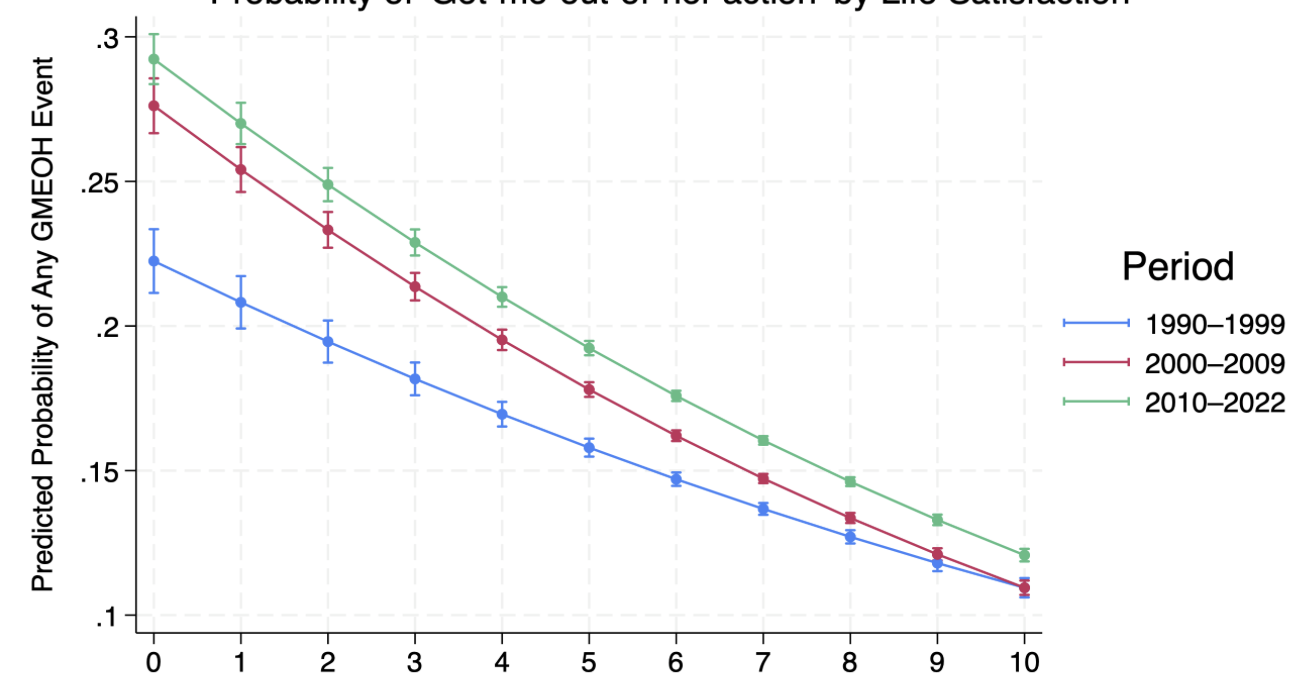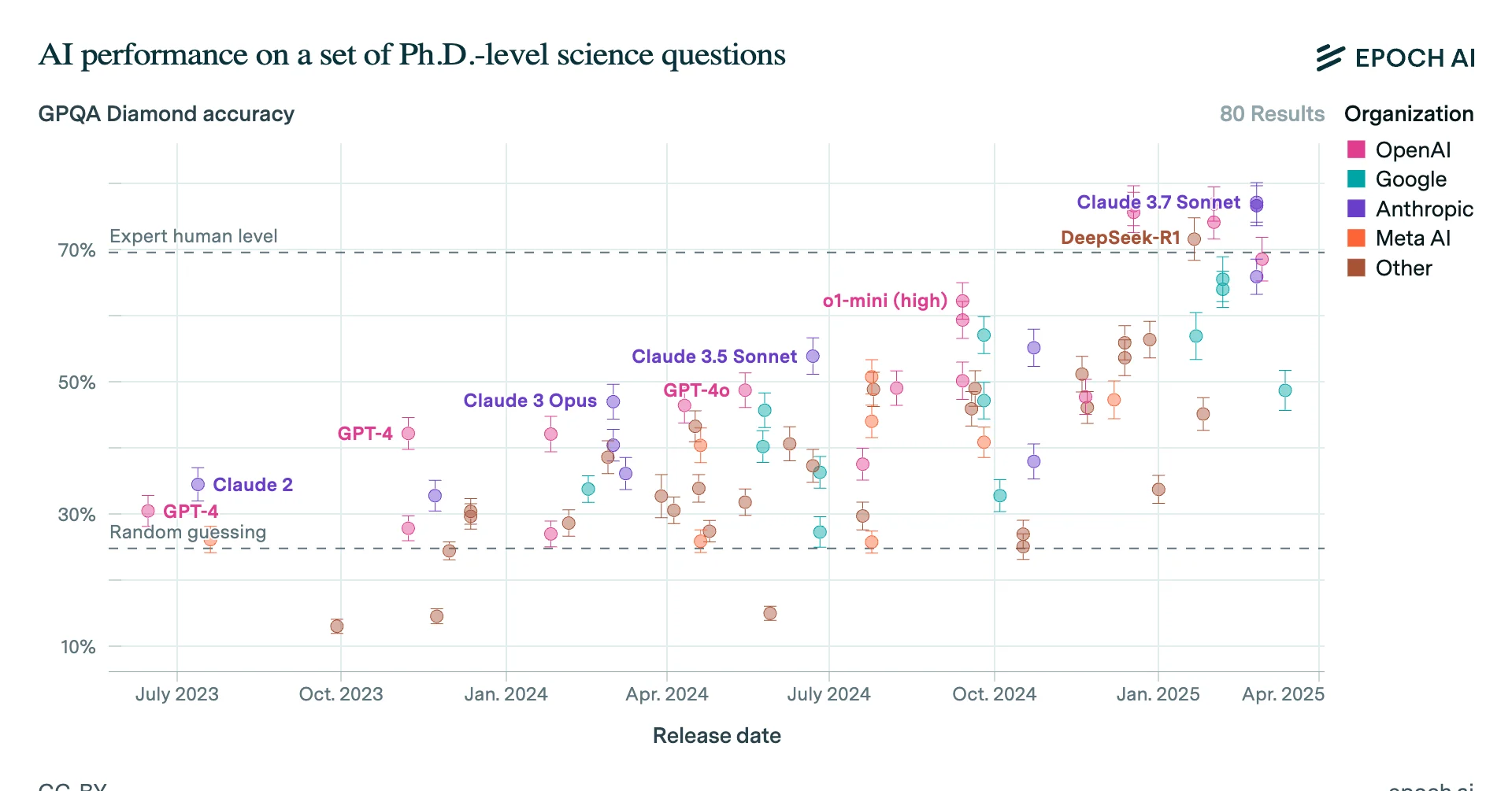A few months ago I was with several members of the effective altruism community on a video chat about how to compare different effective altruism groups. Someone recommended that we try to have a meta-evaluation to rank them, but on some further discussion it became apparent that that would be incredibly difficult to do.
The different organizations just don’t have the same goals as each other. Many were “effective” within their own standard of epistemology, but not in those of the others. So comparing them was more about comparing general epistemologies then doing direct comparisons of the organizations themselves.
Here is my current attempt at making some sense of the “main” effective altruist groups, based on their disagreements on epistemology.
Charity evaluators
It makes sense to begin with Givewell, because they seem to be the first and most recognized group within Effective Altruism. Upon launch in 2007 they promoted the idea that charities could be evaluated on the efficiency of money put in to the amount of “good” outputted. This was backed up with research by the GiveWell team to identify and recognize the “most efficient” charities. This made a lot of sense to many smart people, but soon things became quite complicated as groups also trying to “do the most good” within charity evaluation emerged to somewhat compete with them.GiveWell is reluctant to investigate animal welfare charities, seemingly because its founders value animals substantially less than humans. Other people have decided that animals are worth more in respect to humans than Givewell has indicated, and some of these have set up a “GiveWell for Animals”, or Effective Animal Altruism. Aidgrade was established a semi-Givewell competitor and disagrees with them about the proper methods to do charity evaluations.
Effective altruism funders
Then come the more somewhat high-risk meta-charities that promote giving to Effective Altruist groups, like Giving What We Can, The Life You Can Save, and 80,000 Hours. These groups are really interesting to me because on paper what they’re doing seems to be working (Giving What We Can has estimated to be able to encourage the giving of around $8 for every $1 donated to them, for instance).Yet from what I understand, GiveWell refuses to recommend any of these as top charities. My impression is that GiveWell finds it highly unlikely that any of these organizations are as effective as their recommended charities. Of course, many of these organizations exist on the assumption that they are. This area seems particularly awkward as all of these meta-charities promote GiveWell publicly, leading to several interviews. I imagine that it’s better off for everyone that Givewell and CEA appear as close friends, yet internally it seems like there’s a bit of tension over this stark disagreement on the need for CEA’s existence. This disagreement is somewhat showcased in the comments here.
Also of note here is Effective Fundraising. This group is directly writing grants for both the AMF (GiveWell’s top choice) and the Humane League (Effective Animal Activism’s top choice). They’ve discussed why they split between them here. 80,000 Hours and CEA have interviewed them and written a blog post with a very nice name and slightly less praising contents. There’s a bit of back and forth between them in the comments, which I referred to earlier.
AI risk and far future researchers
Going further, when coming to the topic of AI risk, things get much more confusing. Organizations like MIRI and FHI claim that AI risk and other existential risks are by far the most important causes. Holden of Givewell wrote a very long critique here, which there’s since been quite a bit of debate about. I suspect that incredibly few people actually have a deep understanding of the efficiencies or even importance of donating to prevent AI risk, and it is quite apparent that most donating will have to go with either a gut feeling or choose based on which social group they trust more.Brian Tomasik has been a very interesting and rather independent thinker within the movement, known for his series of Utilitarian Essays. Even more than animal causes, he has numbers to recommend donating for insect causes that make it seem like a fantastic area for efficient intervention. The main argument I’ve heard from others against insect causes is that they seem intuitively silly, not that they aren’t actually effective.
Recently Brian has made his own research institute called FRI to focus on long term suffering reduction. Sure enough it’s his number 1 recommended charity, but more surprisingly to me is that the number 2 isn’t another similar far-future venture like MIRI or FHI, but instead Animal Ethics. I suppose he’s both very concerned with the far future, but not very concerned with AI risk (the main reason he wouldn’t recommend MIRI or FHI).
Another organization that comes to my mind is Leverage Research. I’m not sure what category to put them in because they seem to be trying to do a bit of everything. However, I would point out that they appear to be the polar opposites of GiveWell regarding to belief in transparency, with all of the other organizations mentioned above are somewhat in between (with the possible exception of Effective Fundraising). My belief is that their expected method of doing the most good involves having a few smart people spend several years thinking about “big issues”, without much care for outsider input (you’ll notice a lack of much information on their website). These research topics seem to be more psychological and social than AI-risk, from what I understand. Most other EA organizations seem very skeptical of their research posted so far, mainly Connection Theory. However, a few people within Leverage run Think!, and they have created the Effective Altruist Summit, which has gotten good reviews.
Future organizations
I really hope that the issue of correct epistemology gets resolved and more of these organizations can at least agree on some standard ways of Effective Altruist Organization evaluation. But it seems unlikely to happen anytime soon.The current trend from my point of view seems to be that every other new prominent Effective Altruist thinker will create a new organization to match another unique epistemology. I really hope that we don’t get stuck with 20 different Charity Evaluators of slightly differing standards and 50 funding groups that randomly give to selections from those different evaluators, and another 10 Far Future groups that will emphasize slightly different things because of unique epistemological reasons. But given the fact that there is so much disagreement within what seems like such a small and intelligent group already, I could definitely see things going this way.
Granted, this still is a lot better than what is the global cultural norm right now. I would expect that most of the groups above average are far more useful than the global human average. But the global norm is pathetically low, so that shouldn’t be considered too important. Within these groups, I’d expect that many consider order of magnitude differences between them, so internal fragmentation may cause quite a bit of damage. And it’s definitely confusing as anything to a newcomer who just wants to be an “Efficient Altruist”.
Personal bias
I should point out that I know people from most of the organizations mentioned, so probably am quite biased. I am presently working at 80,000 Hours, which is based in the same office as Giving What we Can, The Center For Effective Altruism, and The Future of Humanity Institute. Recently I applied to and was rejected from working at Leverage Research.Blog efficiency
This post took me about 5 hours to write. I ended up splitting my thoughts into two posts (leaving the rest for one more to come shortly). I’ve tracked 4 Pomodoros in this time, but then I just kept on working for a few hours without tracking. I originally intended for this to be about 2 Pomodoros, but this was for a small comment about “Epistemology as a Deus Ex Machina” rather than a small EA Org overview.My guess is that I’ll dedicate at least another hour or two to checking stats of readership for this post and/or reading/responding to comments.
Crossposted from Ozzie Gooen's blog



"Yet from what I understand, GiveWell refuses to recommend any of these as top charities. My impression is that GiveWell finds it highly unlikely that any of these organizations are as effective as their recommended charities. Of course, many of these organizations exist on the assumption that they are. This area seems particularly awkward as all of these meta-charities promote GiveWell publicly, leading to several interviews. I imagine that it’s better off for everyone that Givewell and CEA appear as close friends, yet internally it seems like there’s a bit of tension over this stark disagreement on the need for CEA’s existence. This disagreement is somewhat showcased in the comments here."
Regardless of whether GiveWell thought that CEA's organisation were more effective than their own recommendations, I think it is rational for GiveWell not to recommend CEA's organisations. Such a recommendation would quickly lead to the 'infinte regression problem' (one should donate to an organisation, that encourages people to donate to an organisation, that encourages people to donate to an organisation, that... etc. ... that encourages people to donation to effective first order work. See Ben Todd's Master's thesis on career choice for more discussion). GiveWell would risk the accusation of contributing to some sort of charitable ponzi scheme, which is an accusation that I have heard made when a charity evaluator has discussed recommending another charity evaluator. Of course there are ways around this in practise (again see Ben Todd's thesis), but it would still pose a reputational risk for GiveWell to recommend a CEA organisation given their status as meta-charities.